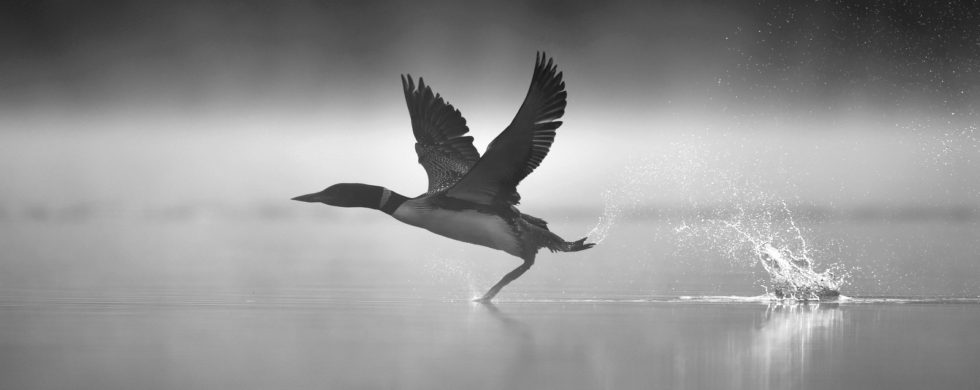
30
2022Back for the Drama
Shot of the Month – April 2022
While living in Vermont I spent many a summer weekend morning in my kayak searching for Atlantic Loons. This meant getting out of bed very early and driving for 1 to 2 hours in the dark to one of several nearby lakes to ensure that my kayak hit the water before sunrise. If it all worked out well I would be able to photograph the loons in the golden light just after sunrise. Occasionally, it all came together:
Click here for the backstory on the image above.
One day I reached the lake early and began paddling out into the fog to look for loons. As the rising sun started to burn off the fog I could finally make out a loon in the distance. I saw that the bird was swimming to the farthest bank.
Oh no!!
I knew that this meant that he was planning to fly off to another lake. He was “taxiing” to the far bank to get enough space for take off. Loons are heavy birds and need a long “runway” to build up the speed for flight. Check out my post Looner Flight – No Small Feat for more on the wonders of the Atlantic Loon (aka Common Loon).
I started paddling furiously. I was looking directly into the sun and I wanted to get to the other side of the loon before he took off so I could photograph him with the sun behind me so the bird would be front-lit.
Too late!
The loon started to flap his wings and began his sprint. I put my paddle down, grabbed my camera, and held down the shutter button.
With the sun behind my subject, I wasn’t able to capture the rich colors I hoped for but the striking image below is an example of the magic that can happen when the subject is backlit. In this case, the sun was behind the loon and produced wonderful highlights in the water as the bird skipped across the surface. I love how his one foot is just kissing the surface of the water.
Backlighting allows us to highlight the shape of an animal or explore dramatic light and shadows in a scene. The lighting in the image below allows us to easily make out a moose walking along a ridge line in the Grand Teton NP.
In the next image, the backlit grass seems to radiate from within. The dust adds drama and highlights the form of the bison (Grand Teton NP).
Backlighting can create a dramatic rim light on an animal and highlight their fur or feathers as we can see with the moose below. The backlit plants in this image also add drama to the scene. On this cold morning, the moose’s breath is also backlit. (Grand Teton NP)
Leaves are a natural candidate for backlighting. Here we have a cathedral of color from these backlit Vermont trees:
Getting the exposure correct on a backlit subject can be tricky so you will definitely need to experiment with your settings to create the effect you are striving for. Despite the challenges, shooting into the light, with the sun behind your subject, is a great way to create dramatic images that stand out from the crowd and capture the beauty of nature in a, uh, well, different light.
Until next month…..michael
Here are some good articles on tackling backlighting:
Backlighting in Wildlife Photography: Creative Use of Light
Master backlighting with your wildlife images
Nikon D4S, Nikon 600 mm f/4, 1/8000 sec, ISO 640, EV -0.5

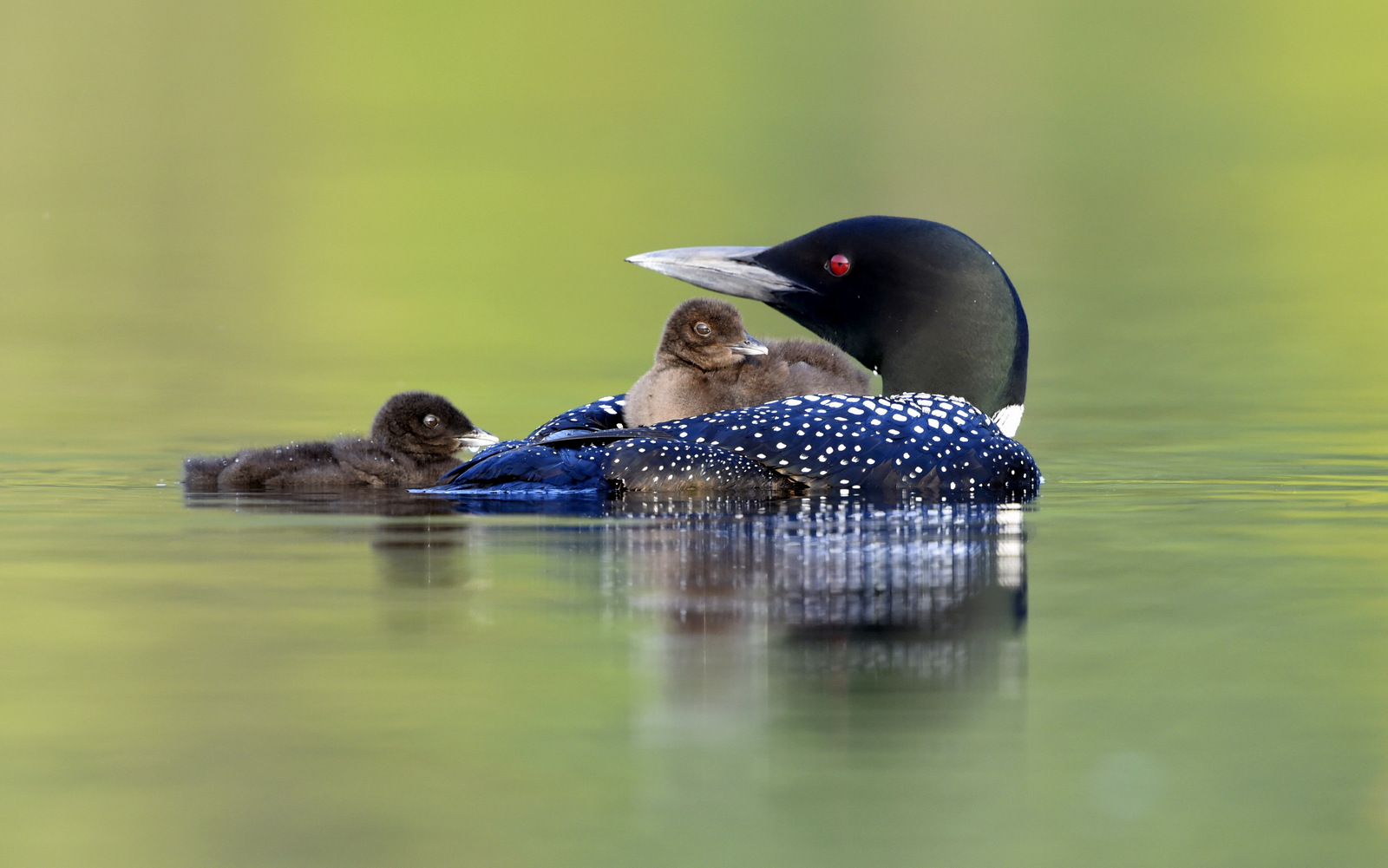
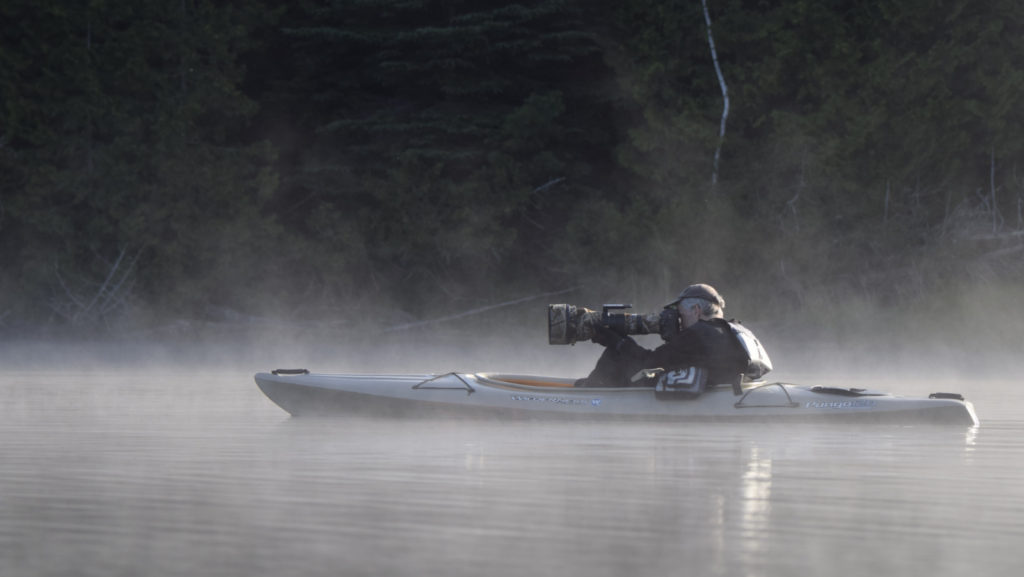
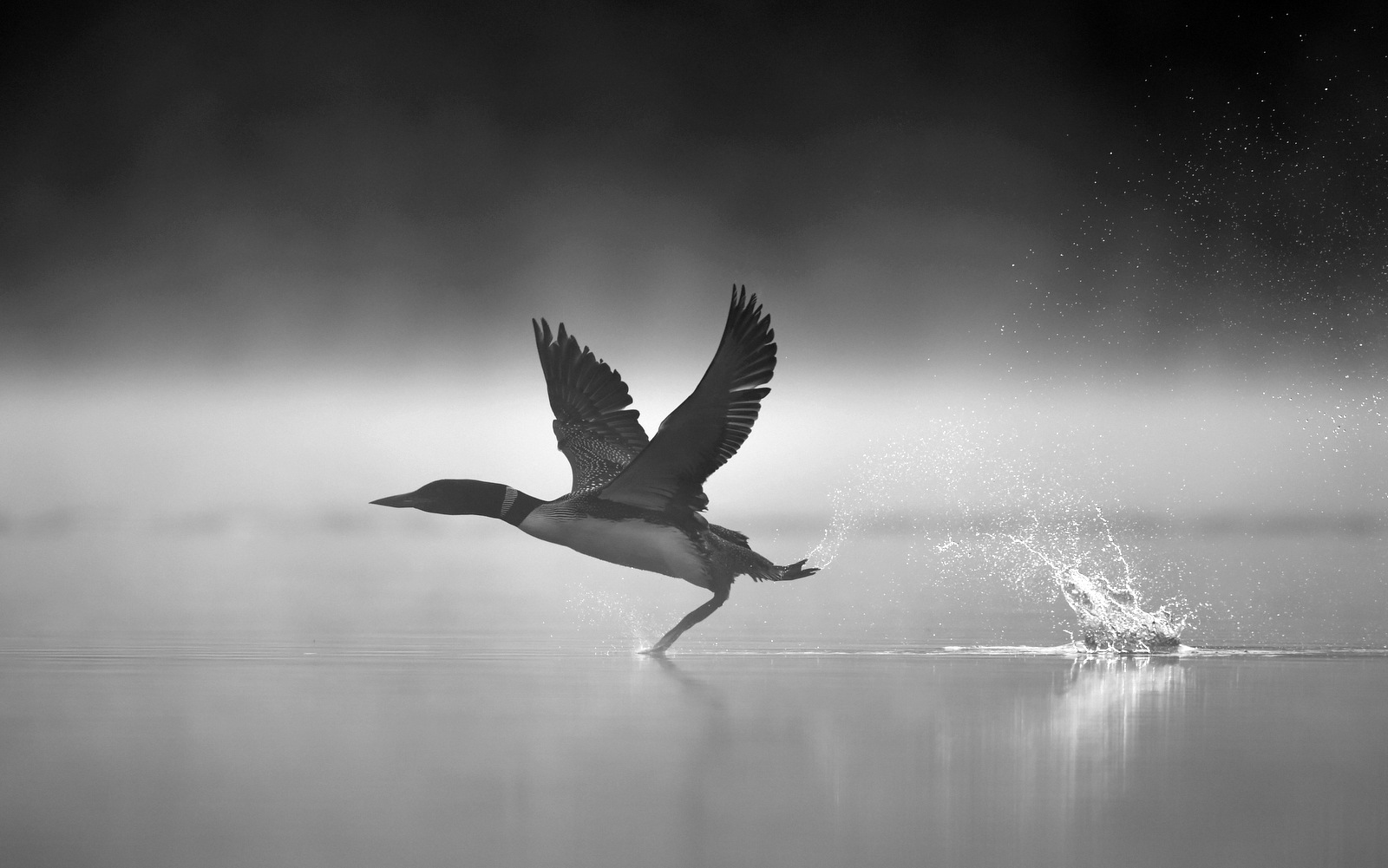
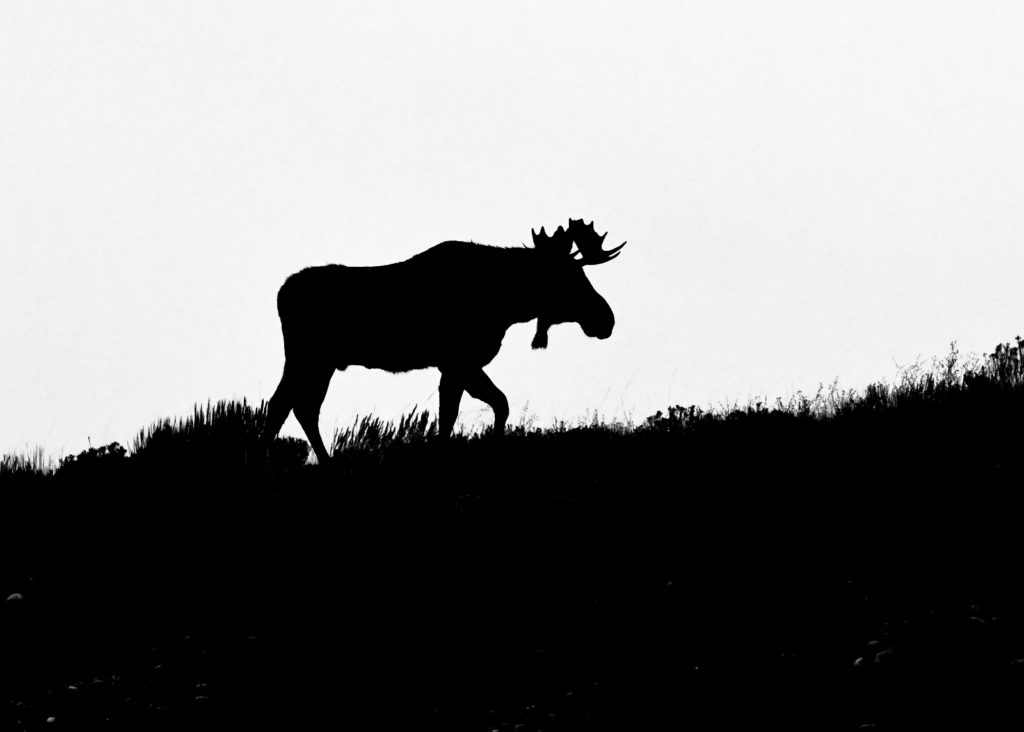
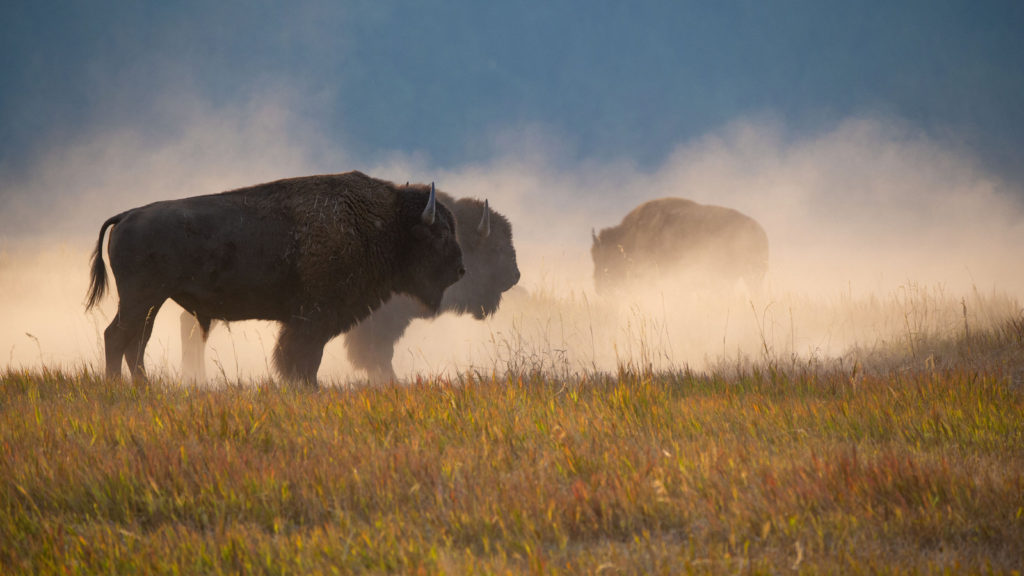
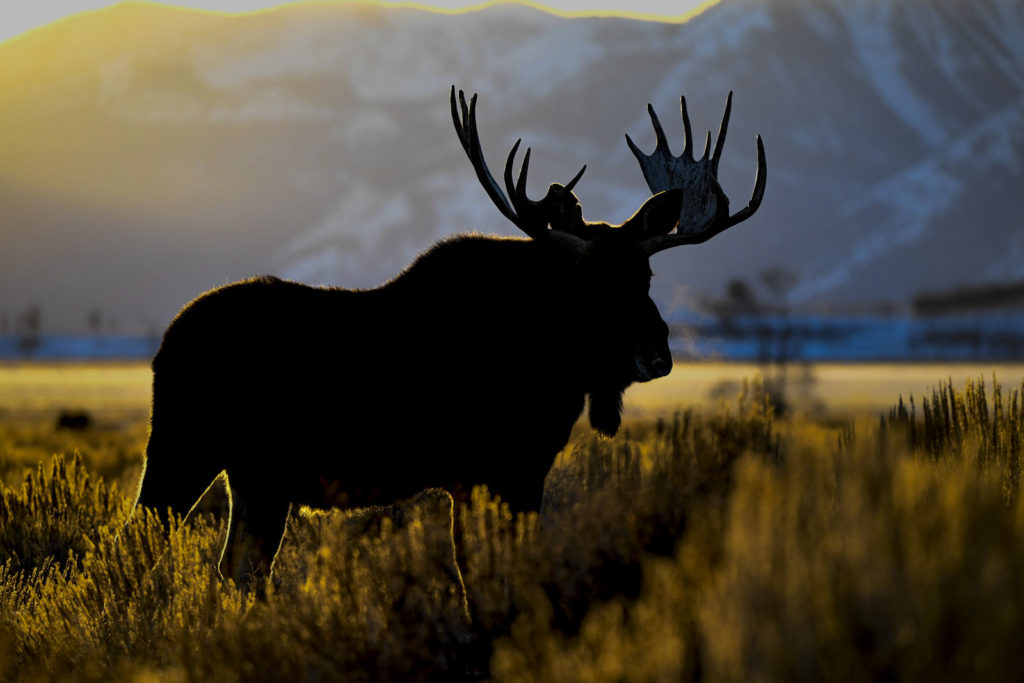
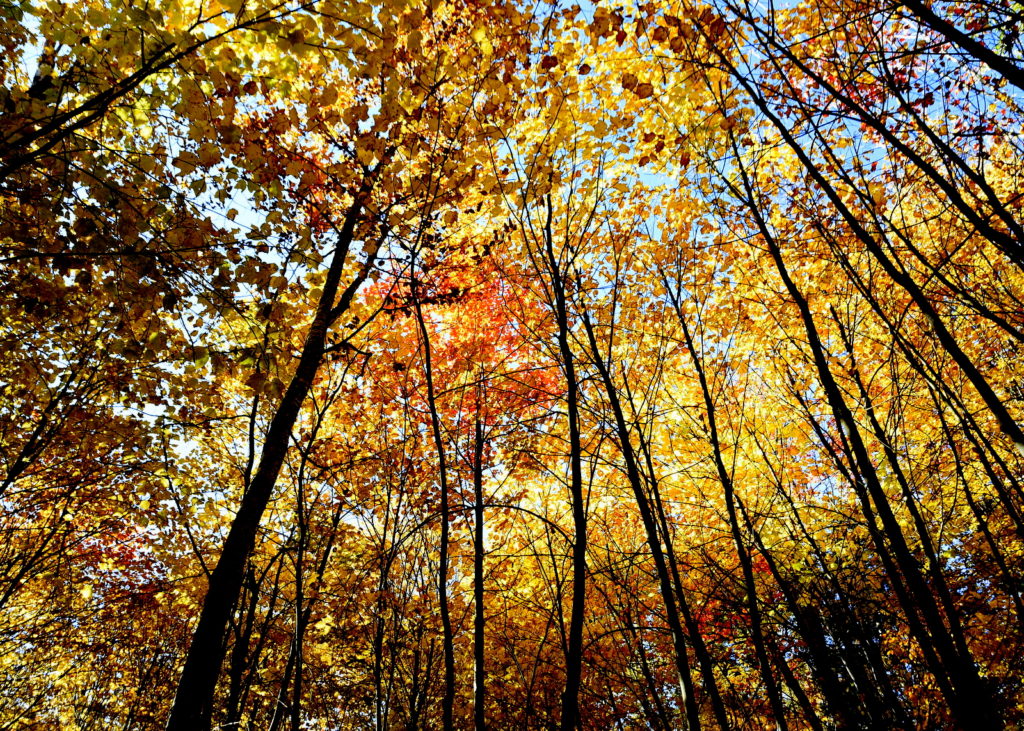
Stolen Moments @ Michael Despines Photography
[…] a different occaison I found two waxwings in a similar pose. The birds were highly backlight so it became this […]